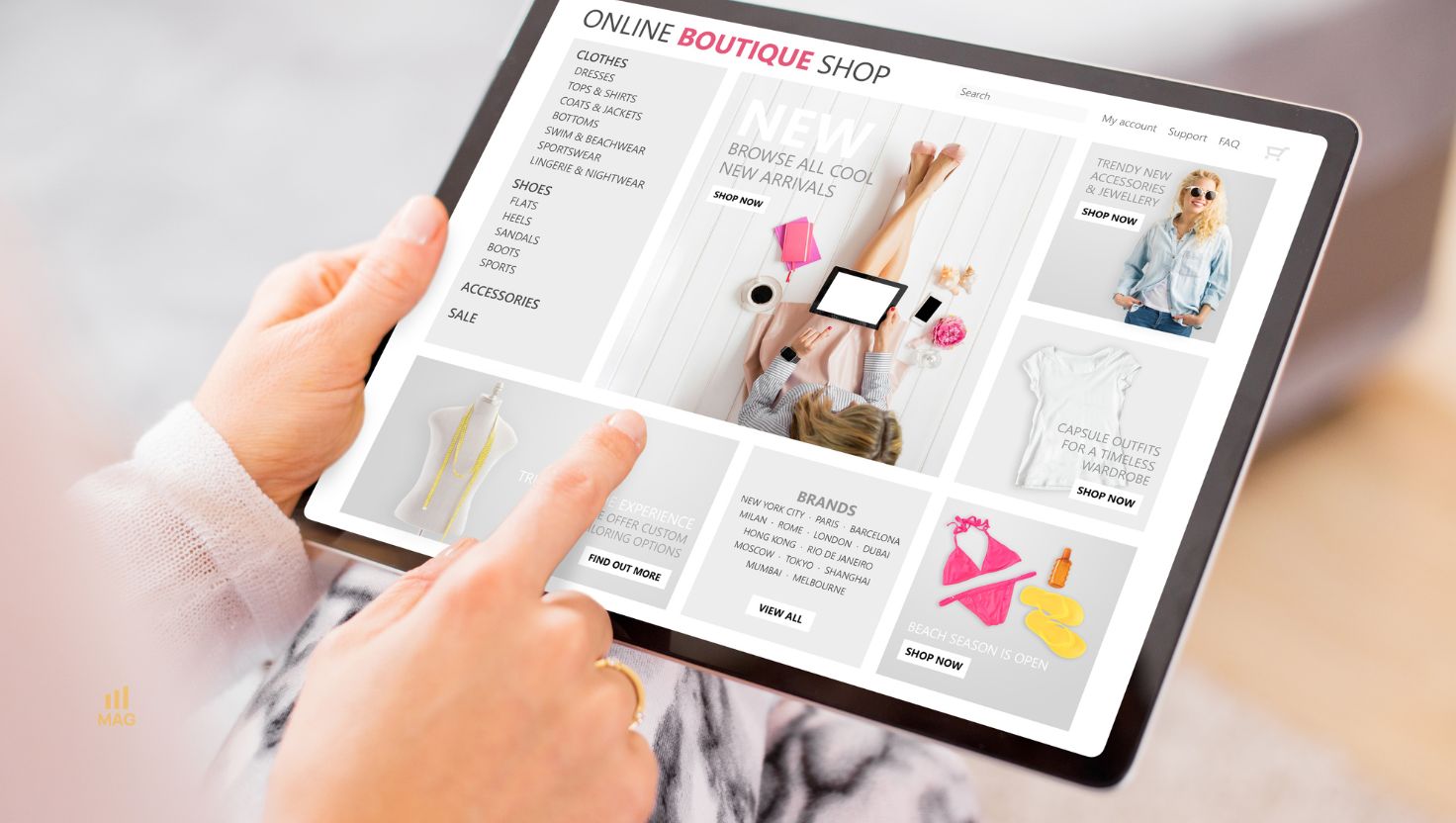
The new Amazon off-site product discovery feature lets shoppers shop brand sites directly from Amazon, expanding their choices to include items not sold on Amazon.
Amazon shoppers expect a wide selection, but not all products are available. Many leave when they can’t find what they need, while off-Amazon brands lose potential buyers to competitors.
Unlike Google, which helps consumers find products in nearby stores with its “In stores nearby” tag, Amazon has lacked a way to connect shoppers with off-platform products. This limitation creates customer frustration and leaves brands without a direct way to reach Amazon’s massive audience.
Amazon is now testing a shopping experience by displaying select products in search results even if they are not sold on its marketplace, linking customers to the brand’s website for purchase. These items will appear alongside Amazon’s existing inventory, offering more choice while keeping shoppers engaged.
Shop Brand Sites Directly From Amazon: How It Works
Amazon announced on Tuesday, February 11, about the new feature (still in beta) it’s offering: Shop Brand Sites Directly . This new off-site product discovery feature makes it easier to find and buy products not sold directly on Amazon.
Steps to Shop Brand Sites Directly from Amazon
- Search for a Brand or Product – Enter a product name or brand in the Amazon Shopping app.
- Look for External Links – Some results will have an external link or redirect link icon indicating the product is sold on the brand’s website.

- Tap “See More” – This expands search results to show additional products from the brand.
- Click the Product Link – A notification will appear, letting you know you’re leaving Amazon.
- Compare and Buy – Review pricing, delivery options, and product details before purchasing directly from the brand’s site.
One common question is why Amazon redirects shoppers to another website. The reason is simple—some brands don’t sell certain products on Amazon. Instead of leaving customers empty-handed, Amazon now provides a direct link to the brand’s site for a smoother shopping experience.
When clicking on a product link, Amazon does not send any customer information to the brand’s website. Customers can browse and purchase without worrying about their data being shared.
Pricing is another important factor. Amazon pulls product details, including prices, directly from brand websites and updates them regularly. However, since brands control their own pricing, the amount displayed on Amazon may not always reflect the latest changes.
Customers should always check the brand’s website for the most up-to-date price before completing a purchase. Currently, this feature is in beta and available to a limited number of U.S. customers.
Amazon plans to expand access based on feedback, making it even easier for shoppers to discover and buy products across multiple platforms.
Retail trends 2025: The future of shopping experiences"One report found shoppers seek out different shopping channels for different purposes."
A Timely Move by the Marketplace Giant
Amazon’s decision to introduce off-site product discovery comes at a critical time. As the dominant starting point for online shopping, Amazon is strengthening its position by ensuring customers find what they need—whether or not it’s sold on its platform.
According to a CIRP Amazon report, 90% of U.S. Amazon customers begin their shopping journey on Amazon.com. This is up from 82% in 2014, showing that Amazon has steadily pulled search traffic away from competitors like Google. Despite this dominance, 10% of shoppers still start their search elsewhere, often looking for specific brands or products that aren’t available on Amazon.
By linking directly to brand websites, Amazon is filling this gap. Instead of losing potential buyers to Google or other retailers, Amazon keeps them engaged in its ecosystem. This move also reinforces the strength of Amazon’s advertising business, as brands can now reach highly engaged shoppers at the moment of purchase—whether the sale happens on Amazon or the brand’s own site.
With this new feature, Amazon is adapting to evolving shopping habits while maintaining its influence over how and where consumers buy.
Optimizing Product Listings and Online Presence
Omnichannel Statistics For Retailers and Marketers (2025)"73% of retail shoppers now interact with multiple channels."
Shopping habits are changing fast. Today’s customers interact with multiple channels before making a purchase—browsing online, checking social media, and even visiting physical stores.
Shop brand sites directly from Amazon feature adds another layer to this shift, making it even more important for sellers to optimize both their Amazon listings and their brand websites. To keep visibility high and conversions strong, sellers need a well-rounded strategy that improves their presence across all platforms. Here’s what they need to focus on.
Optimize Amazon Listings
While this new shop brand sites directly from Amazon feature directs some traffic off Amazon, a strong Amazon presence remains crucial. CTR, a critical factor for Amazon success, is highly regarded in our Amazon agency.
Watch this video below where I explain about how to increase CTR on Amazon:
Convert Browsers to Shoppers
The video below explains that an Amazon conversion rate below 8% is poor, while the average is 8-12%. In contrast, a 1-2% conversion rate is strong.
Key Conversion Factors
To boost sales, sellers should focus on:
- High-Quality Images – A compelling Amazon main image improves Amazon CTR.
- Detailed Product Information – Clear descriptions help customers make decisions.
- Competitive Pricing – Impacts Amazon SEO and influences purchases.
- Buy with Prime – Helps brands attract off-Amazon buyers with fast shipping.
Traffic vs. Conversion Optimization
While conversion matters, traffic drives Amazon sales. Sellers should prioritize PPC, SEO, and CTR strategies, as doubling traffic is easier than doubling conversions. Optimizing ads, keywords, and organic rankings ensures steady growth.
Optimize Overall Online Presence
A holistic approach to online presence is key.
- Consistent Branding – Maintain consistent branding across Amazon, your website, and other online channels. This builds brand recognition and trust.
- Marketing – Consider a multi-channel marketing strategy. Drive traffic to both your Amazon listings and your website through social media, email marketing, and other channels.
- Customer Service – Provide excellent customer service. Positive experiences lead to repeat business and brand loyalty, regardless of where the purchase is made.





